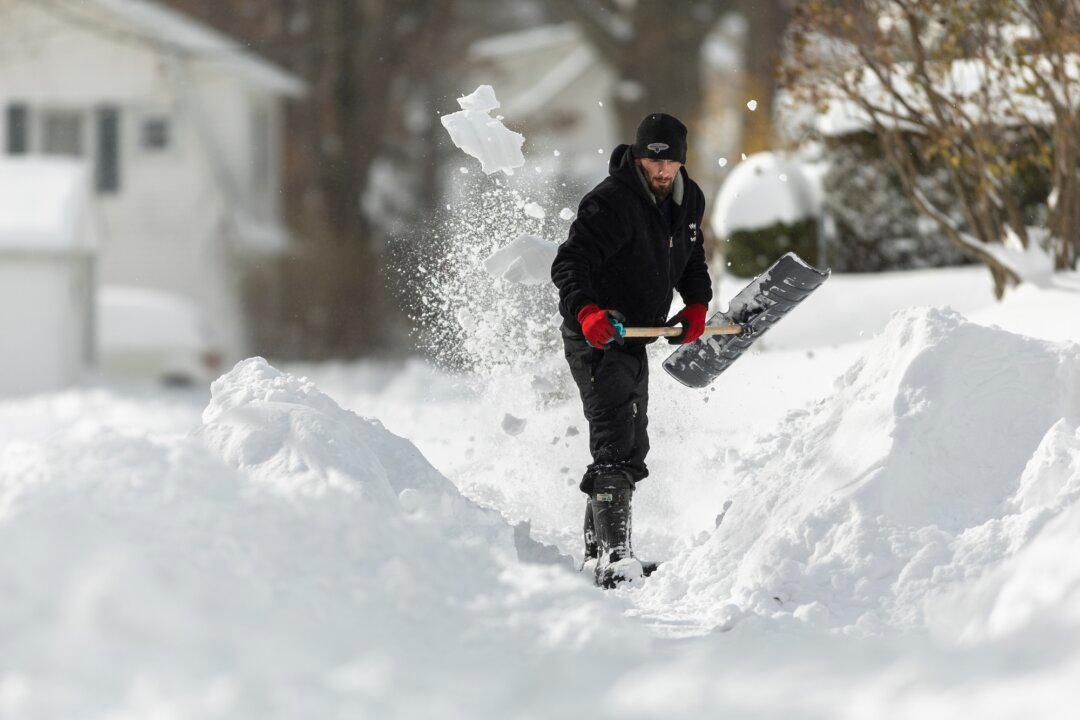Shovelling may be an essential winter activity for many Canadians, but it can also be a dangerous one.
The exertion of shovelling snow is often associated with back and neck injuries, but it can also increase risk of heart attack for the elderly and those who aren’t used to regular exercise.





